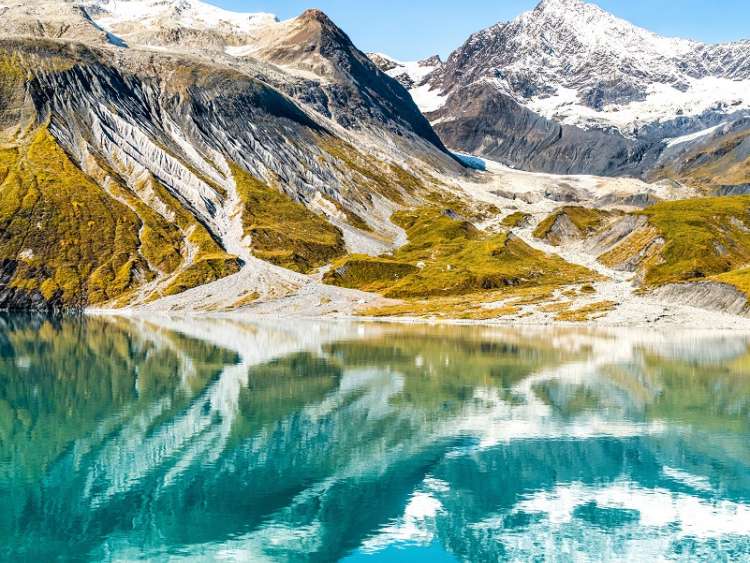Our guide to Alaska
Explore the ultimate guide to cruising the region. Cunard has considered weather, cruise routes and history, local highlights, what to pack, and even a reading list, so that preparing for your journey is as smooth as possible.

Ranging from towering mountain ranges and remote icefields to windswept shorelines and narrow fjords, there is a place within Glacier Bay National Park and Reserve that lies further from any man-made road than anywhere else in the lower 48 states. As development creeps relentlessly into our once-wild places, Glacier Bay National Park stands as an iconic wilderness, to be preserved for the enjoyment and enrichment of future generations. For Park managers, the challenge is to fully protect this wilderness, while allowing current visitors to access and appreciate these wildlands.

Whether you're considering an Alaskan adventure or have already booked your voyage, our guides, articles and packing tips are sure to whet your appetite and help your prepare for the journey of a lifetime.